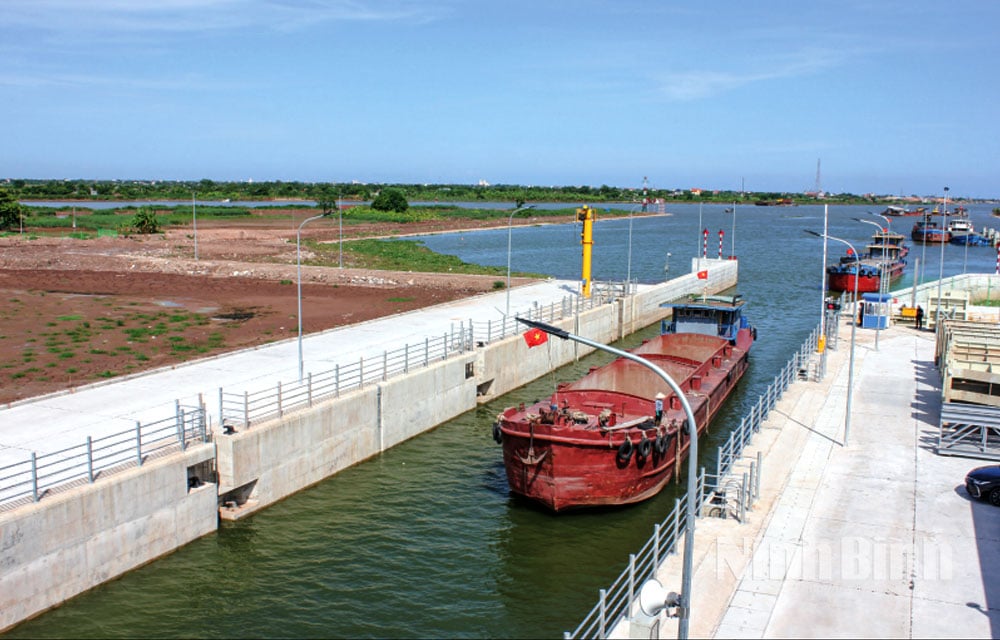
Many advantages for developing transport infrastructure
In order to effectively exploit the potential and advantages of Ninh Binh's strategic geographical location in the context that the whole country is implementing major policies on restructuring the socio -economic development space, reorganizing administrative units and strengthening regional connectivity in the spirit of the Resolution of the 13th National Party Congress and Resolution No. 81/2023/QH15 dated January 9, 2023 of the National Assembly on the National Master Plan for the period 2021-2030, with a vision to 2050, the development of a modern, synchronous transport infrastructure system, effectively connecting transport modes and economic regions is an urgent and breakthrough requirement. In recent times, the province's transport infrastructure system has received attention in mobilizing resources for investment in renovation and upgrading.
Expert Nguyen Huy Hoang, Head of Strategy - Policy Department (Academy of Strategy, Training of Construction Officials - Ministry of Construction) said that in terms of roads, Ninh Binh province currently has 15 national highways (QL) with a total length of about 700km, of which 74km is expressway (North - South expressway). The important main highways are 1A, 21, 21B, 10, 38, 38B... Provincial roads have about 50 routes with a total length of about 950km. Rural and urban roads are about 7,000km. The North - South railway line passes through the area for about 100km with 11 stations, of which the main stations are Phu Ly, Nam Dinh and the Phu Ly - Kien Khe - But Son dedicated railway line is 8.2km long.
Regarding inland waterways, there are 10 main routes with a total length of about 370km, of which 2 routes are the main transport corridors of the entire Red River Delta region: Hanoi - Lach Giang (through the Red, Dao Nam Dinh, Ninh Co rivers to Lach Giang estuary) and Quang Ninh, Hai Phong - Ninh Binh (through the Luoc, Hong, Dao, Ninh Co, Day, Vac, Hoang Long rivers). Waterway transport infrastructure has initially received investment attention commensurate with its potential. The Nghia Hung Canal - Ship Lock project connecting the Day and Ninh Co rivers has been completed and put into operation, promoting the effective exploitation of inland waterway transport in the region and connecting with the whole country through river-sea transport.
Along with that, the planning of a new specialized seaport (Xuan Thien) to meet the demand for imported/exported goods by sea with a scale of 42.6 to 48.1 million tons and Truong An liquid cargo port has been added to the detailed planning of the Northern seaport group (group 1) for the period up to 2020, with a vision to 2030; the planning of liquid cargo ports has been updated and Truong An liquid cargo port has been added to the detailed planning of the group of seaports, ports, wharves, buoy terminals, water areas, and water regions for the period 2021-2030, with a vision to 2050.
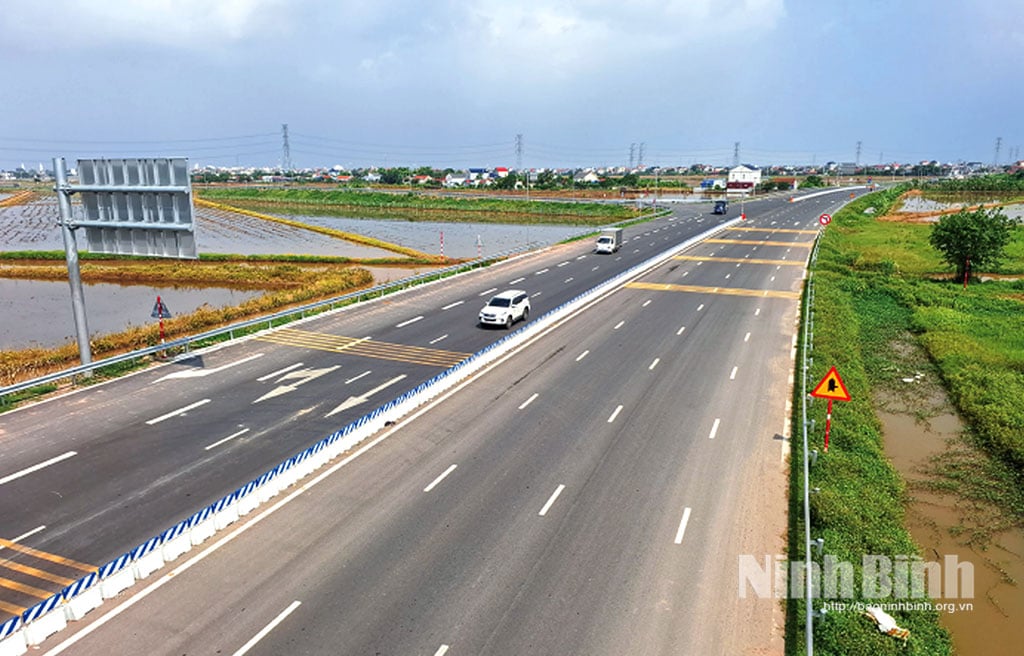
Prioritize investment in regional and inter-regional transport infrastructure
To meet the development requirements in the new situation, the province has mobilized resources to invest in developing synchronous and modern transport infrastructure, prioritizing projects to enhance regional and inter-provincial connectivity and remove "bottlenecks" in strategic transport infrastructure. There are projects that not only break the "dead end" situation but even reverse and change the strategic position of localities from being at the end of the route to the starting point of important inter-provincial transport junctions. The projects help to conveniently connect localities to dynamic economic zones, growth poles and economic corridors of the region and the country's vital transport system, thereby creating a breakthrough in attracting investment.
A series of key projects, large-scale projects of strategic significance have been implemented to ensure progress such as: The Eastern Expressway expansion project, Cao Bo - Mai Son section; the Ninh Binh - Hai Phong Expressway section through the province opening a new connection axis from the southern gateway of Hanoi to the major northern seaport... Investment projects to build Phu Thu intersection and connecting route; Tan Lang bridge and regional connecting route, connecting from Ring Road 4, 5 via National Highway 38 to National Highway 21; the road parallel to Ring Road 5 - Hanoi Capital region (phase 1), the section from the intersection connecting with National Highway 21B to the intersection with Le Cong Thanh Street - phase 3...
In particular, the project to build a 32.3km long inter-regional connecting route between the Southern Red River Delta - Northwest - North Central Coast was approved by the People's Council of Ninh Binh province, term XV, with a total investment of nearly 7,000 billion VND. This project is expected to become a new driving force to promote regional connectivity and sustainable socio-economic development; the goal is to connect key national traffic routes, such as: North - South Expressway (East) and National Highways 1, 12B, 45, 10; coastal roads through the coastal plain provinces of the North and North Central; Ho Chi Minh road connecting the Northwest region. Thereby, the project will create a driving force to promote the development of economic regional connectivity between the plains and the mountains, expanding the development space for Ninh Binh and neighboring provinces.
However, besides the achieved results, the province's transport infrastructure system still has many bottlenecks, which are the main reasons hindering development such as: The main arterial roads are mainly concentrated in the North - South direction, lacking connecting routes in the East - West direction; the connecting routes between main urban areas are still fragmented, unclear, and have not promoted the connectivity of transport; the connectivity and synchronization between transport modes (road, rail, waterway and air) are still limited, road transport still accounts for a large proportion compared to inland waterway and rail transport...
In the context of the increasingly urgent need to innovate the development model and improve the effectiveness of regional governance, the province's unified development space has been formed; not only promoting the potential and advantages of each individual locality but also complementing and spreading each other, creating a new strong and sustainable development driving force... Immediately after completing the merger and officially coming into operation from July 1, 2025, the Provincial Party Committee, People's Council, and People's Committee of the new Ninh Binh province have resolutely directed departments and branches to immediately start planning and adjusting planning, especially speeding up planning and investing in the route connecting the three previous cities (Nam Dinh, Hoa Lu, Phu Ly); the route connecting Hoa Lu with Cao Bo expressway; expanding the Cao Bo - Ninh Co route; immediately implementing the project to build Ninh Binh international airport; Promote investment in industrial infrastructure, connect industrial park infrastructure with national roads, etc., create a breakthrough in socio-economic development of the new Ninh Binh province and attract international investors; be the foundation for forming growth poles and dynamic regions, creating conditions for restructuring development space according to an integrated and modern model.
Ninh Binh province after the administrative unit arrangement is a locality with potential for the aviation transport market. Therefore, the Ministry of Construction supports the policy of researching and supplementing the planning of a new airport in Ninh Binh province and proposes that the Prime Minister consider and assign the Provincial People's Committee to organize the preparation of a Project to study the possibility of forming an airport and send it to the Ministry for consideration and report to the Prime Minister to decide on the planning supplement. Along with that, the Ministry of Construction will direct specialized agencies and units to coordinate and guide the province in the process of implementing the construction of 2 main roads from Trang An and Bai Dinh Heritage Sites and building 9 bridges across the Day River and Hoang Long River...
Key transport infrastructure projects implemented in the province have gradually met the requirements of the goal of creating a modern and dynamic development space, gradually transforming Ninh Binh into an industrial - service province developing according to the green - smart growth model, striving to become an industrially developed province with the identity of a national heritage center by 2030; striving to become a centrally-run city by 2035; a civilized, modern, sustainable urban area with cultural identity, on par with heritage urban areas and creative cities in the country and internationally.
Source: https://baoninhbinh.org.vn/tap-trung-nguon-luc-phat-trien-ha-tang-giao-thong-072765.htm



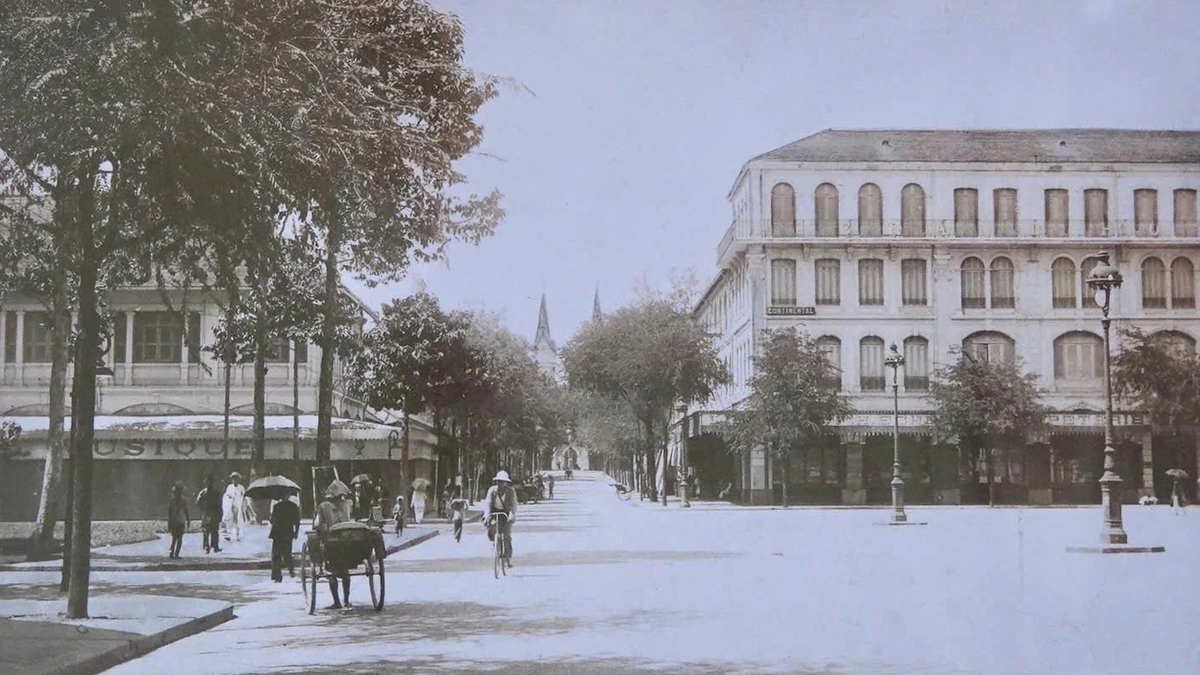
![[Photo] Solemn opening of the 10th Session, 15th National Assembly](https://vphoto.vietnam.vn/thumb/1200x675/vietnam/resource/IMAGE/2025/10/20/1760937111622_ndo_br_1-202-jpg.webp)
![[Photo] Chairman of the Hungarian Parliament visits President Ho Chi Minh's Mausoleum](https://vphoto.vietnam.vn/thumb/1200x675/vietnam/resource/IMAGE/2025/10/20/1760941009023_ndo_br_hungary-jpg.webp)
![[Photo] National Assembly Chairman Tran Thanh Man holds talks with Hungarian National Assembly Chairman Kover Laszlo](https://vphoto.vietnam.vn/thumb/1200x675/vietnam/resource/IMAGE/2025/10/20/1760952711347_ndo_br_bnd-1603-jpg.webp)
![[Photo] Prime Minister Pham Minh Chinh meets with Speaker of the Hungarian National Assembly Kover Laszlo](https://vphoto.vietnam.vn/thumb/1200x675/vietnam/resource/IMAGE/2025/10/20/1760970413415_dsc-8111-jpg.webp)


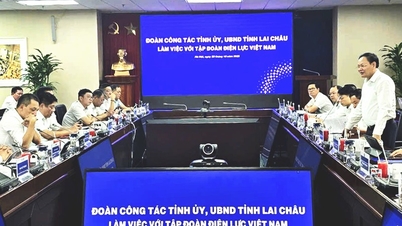

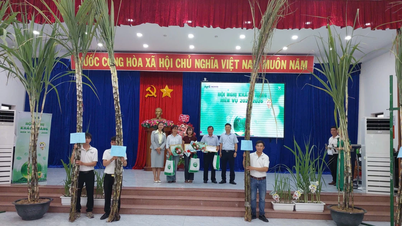

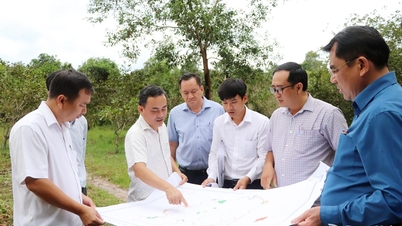

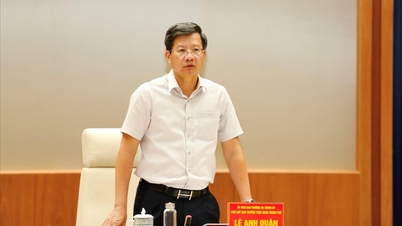







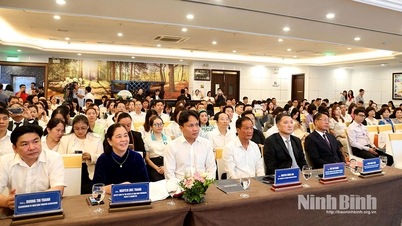
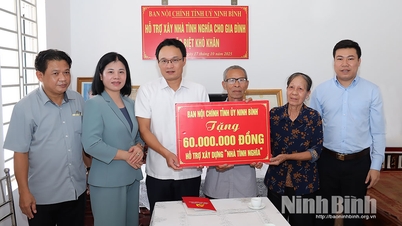

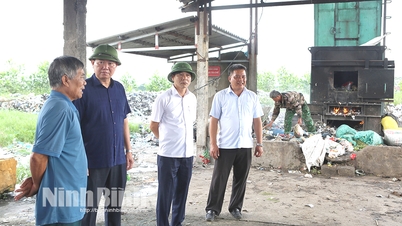
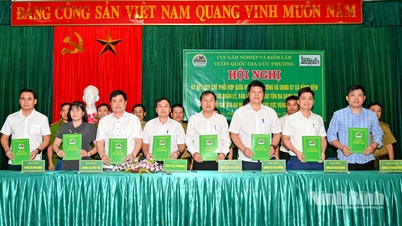

![[Photo] The Steering Committee of the 2025 Fall Fair checks the progress of the organization](https://vphoto.vietnam.vn/thumb/1200x675/vietnam/resource/IMAGE/2025/10/20/1760918203241_nam-5371-jpg.webp)
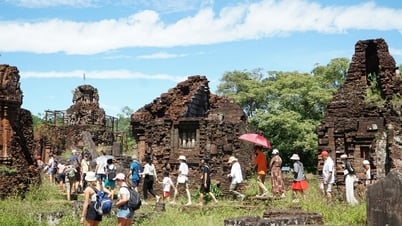

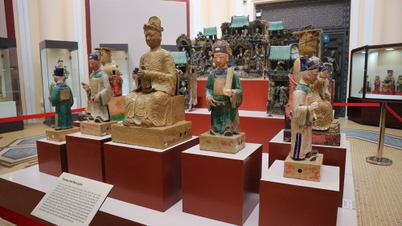
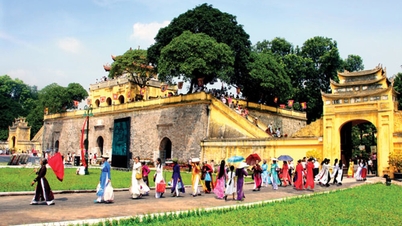



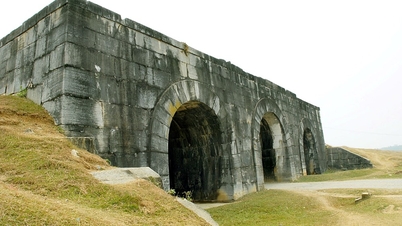
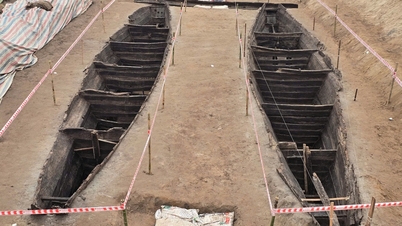
















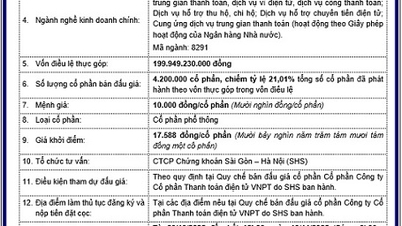
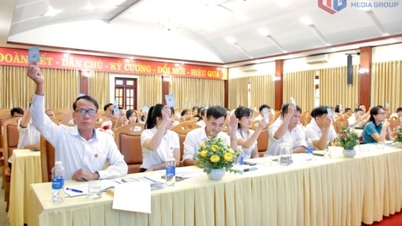

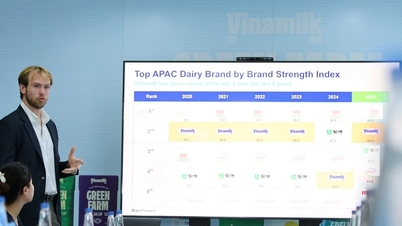
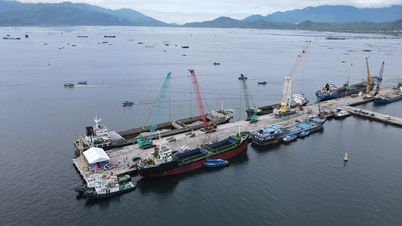








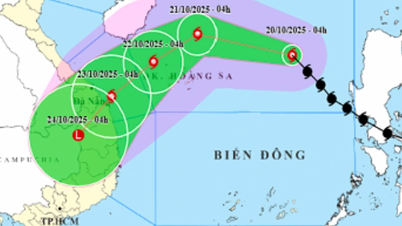

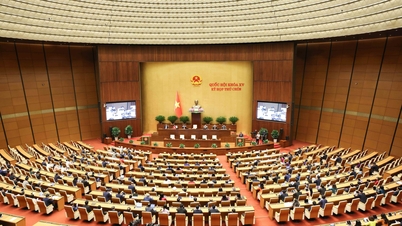



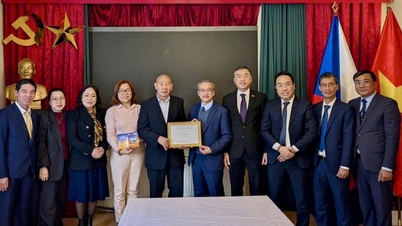

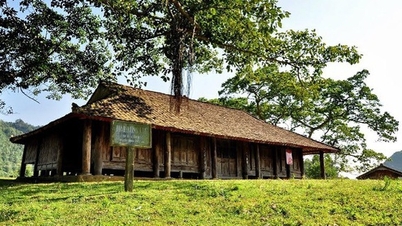

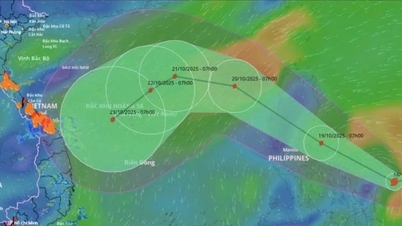



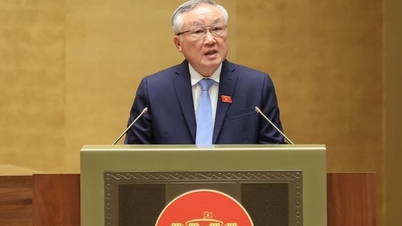
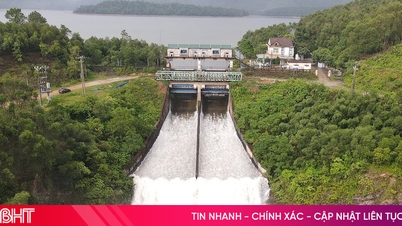




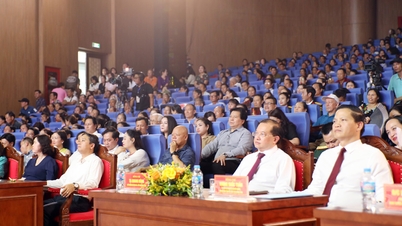





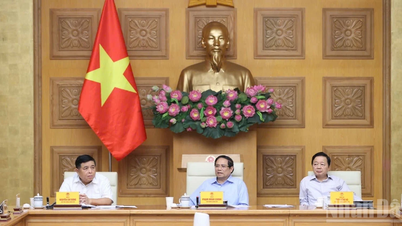

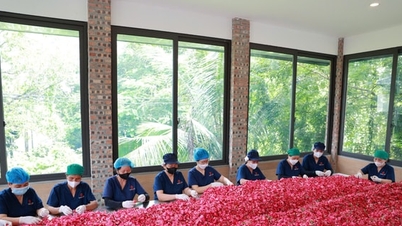









Comment (0)